Year-Round Fly Control: Customized, Eco-Friendly Solutions for Infestations
Fly seasons vary by region and climate, with peak activity in warmer months. Professional fly contro…….
Fly Control and Removal: A Comprehensive Overview
Introduction
Flies are more than just a nuisance; they are pests that can carry diseases, contaminate food sources, and significantly impact both public health and agriculture. Effective fly control and removal are critical to mitigate these issues. This article delves into the strategies, technologies, economic factors, and global implications of managing fly populations. Readers will gain a thorough understanding of the significance of fly control and removal, as well as its broader impact on society and the environment.
Understanding Fly Control and Removal
Fly control and removal encompass a range of practices aimed at reducing or eliminating fly populations. These practices include mechanical methods like traps, biological control using natural predators, chemical interventions such as insecticides, and environmental management to alter conditions unfavorable for flies. The historical context of fly control dates back to ancient civilizations, which employed various methods to manage these pests. Today, fly control is a multifaceted endeavor that requires an integrated approach, considering biological, ecological, and sociocultural factors.
Global Impact and Trends
The impact of fly control and removal transcends borders, influencing regions from urban centers to rural agricultural areas. The global proliferation of flies has been exacerbated by climate change and urbanization trends. For instance, a rise in the housefly population can be indicative of poor sanitation conditions, posing public health risks such as the transmission of diseases like typhoid, cholera, and dysentery. Conversely, regions with effective fly management programs have reported reductions in zoonotic diseases.
Economic Considerations
Fly control and removal are not merely about pest eradication; they are integral to economic stability. The agricultural sector, food industry, and public health infrastructure all rely on the effectiveness of these practices to protect crops, products, and human well-being. Market dynamics for fly control solutions include a diverse range of products from high-tech lures to traditional flypaper. Investment patterns reflect the growing demand for sustainable and effective methods that ensure food safety and prevent disease outbreaks.
Technological Advancements
In recent years, technological advancements have significantly improved fly control and removal strategies. Innovations such as UV light traps, bait stations, and genetically modified organisms (GMOs) have been developed to target specific fly species more effectively. These advancements not only increase the efficiency of control measures but also reduce the environmental impact of chemical interventions. The future potential of these technologies includes AI-driven monitoring systems and advanced data analytics for predictive pest management.
Policy and Regulation
Policies and regulations governing fly control and removal vary by region, influenced by local ecological considerations and public health priorities. International bodies like the World Health Organization (WHO) and the Food and Agriculture Organization (FAO) provide guidelines for safe and effective pest management practices. These frameworks are crucial in ensuring that control measures do not pose greater risks to ecosystems or human health. Compliance with these regulations is often mandated, driving innovation in the industry and shaping the market for fly control solutions.
Challenges and Criticisms
Despite advancements, fly control and removal continue to face challenges, including resistance to insecticides, environmental concerns, and logistical difficulties in implementing comprehensive programs. Criticisms often stem from overuse of chemicals, leading to secondary pest issues or residue in food products. Strategies to overcome these challenges involve integrated pest management (IPM) systems, community involvement, and ongoing research into alternative control methods.
Case Studies
Several case studies illustrate the successful application of fly control and removal strategies. For example, a community-based intervention in Kenya significantly reduced the incidence of trachoma, an eye infection transmitted by flies. Another case study highlights a city in India that utilized a combination of waste management improvements and targeted insecticide treatments to drastically lower the fly population. These success stories provide valuable lessons on the implementation of effective control measures tailored to specific environmental and social contexts.
Future Prospects
The future of fly control and removal is poised for growth, with potential advancements in genetic engineering, machine learning, and biopesticides. Emerging trends suggest a shift towards more sustainable and integrated approaches that consider the entire lifecycle of flies. Strategic considerations include addressing the socioeconomic factors that contribute to fly proliferation, ensuring access to technology and resources for at-risk populations, and fostering international collaboration on pest management practices.
Conclusion
Fly control and removal are indispensable components of public health, food safety, and economic stability. Through a combination of historical knowledge, modern innovation, policy guidance, and community engagement, the challenges associated with fly management can be effectively addressed. As we continue to develop new strategies and technologies, the importance of this field will only grow, ensuring that future generations are protected from the nuisances and health risks posed by flies.
FAQ Section
What are the most effective methods for fly control and removal?
The most effective methods depend on the specific type of fly and the context in which they are present. A combination of mechanical, biological, and chemical methods, along with environmental management, is often employed to achieve comprehensive control.
How do flies impact public health?
Flies can transmit more than 65 diseases to humans and animals, making them a significant vector for pathogens. Controlling fly populations is crucial for preventing the spread of these diseases.
What are the latest technologies in fly control and removal?
The latest technologies include UV light traps, bait stations, genetically modified organisms (GMOs), AI-driven monitoring systems, and advanced data analytics for predictive pest management.
Are there any natural or eco-friendly alternatives to chemical insecticides?
Yes, biological control using natural predators, parasites, or pathogens, and baits containing naturally occurring substances can be effective. Additionally, habitat modification to make areas less hospitable to flies is an environmentally friendly option.
How do regulations impact fly control and removal practices?
Regulations aim to ensure that pest control measures are safe for the environment and human health. They guide the use of chemicals, encourage the development of alternative methods, and require compliance to prevent adverse effects.
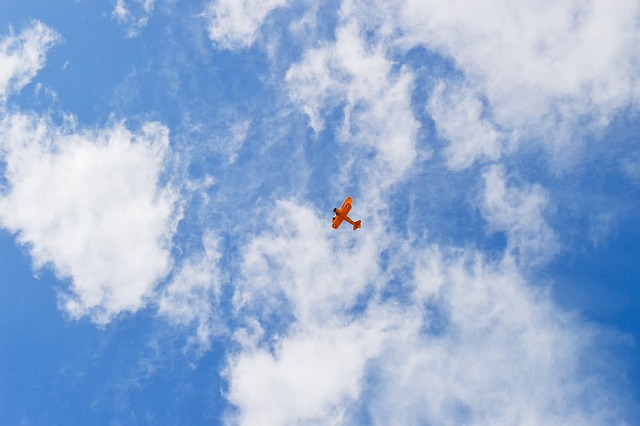
Fly seasons vary by region and climate, with peak activity in warmer months. Professional fly contro…….

Understanding fly behavior and triggers is key to prevention. Professional fly control services star…….
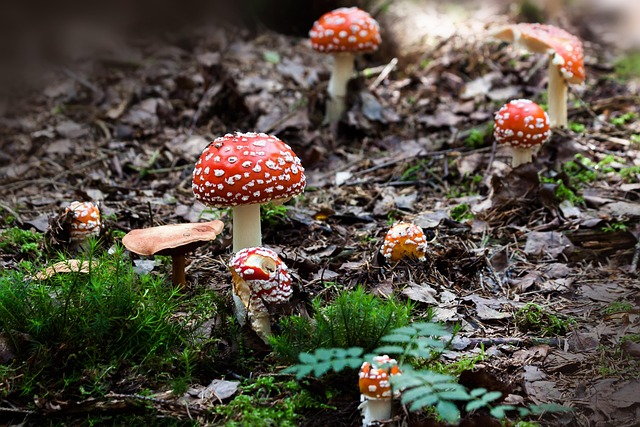
Fly infestations cause significant health risks and nuisances in homes and businesses. Professional…….

Fly infestations in homes and businesses can be swiftly addressed by professional fly removal specia…….

Professional fly removal experts offer tailored fly control services for both residential and commer…….

Fly infestations require specific control methods for various species. Professional services offer e…….
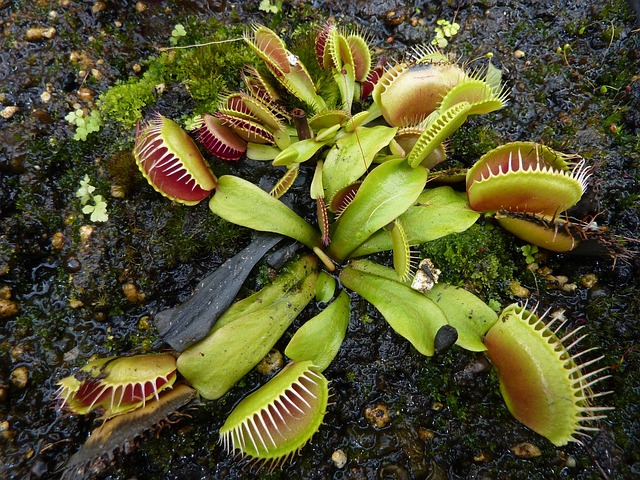
Fly infestations pose significant health risks and nuisances, prompting a shift towards eco-friendly…….
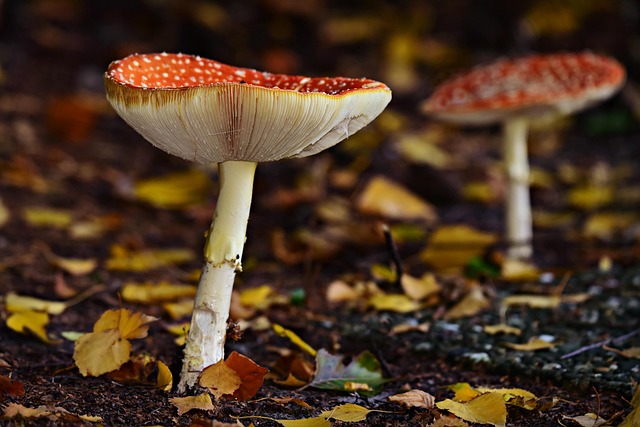
This text emphasizes the growing need for professional fly removal services addressing fly breeding…….
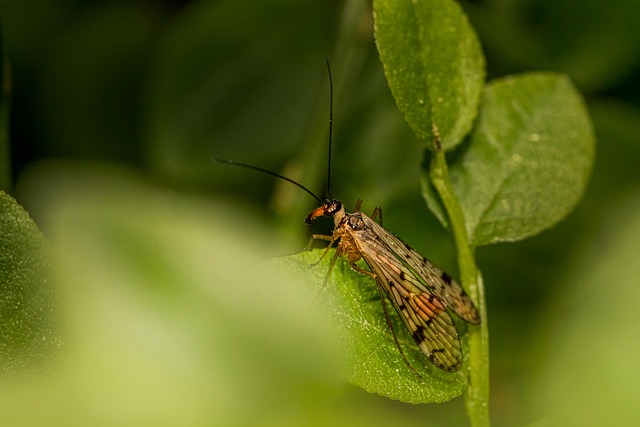
Professional fly control services offer tailored, eco-friendly solutions for effective fly managemen…….
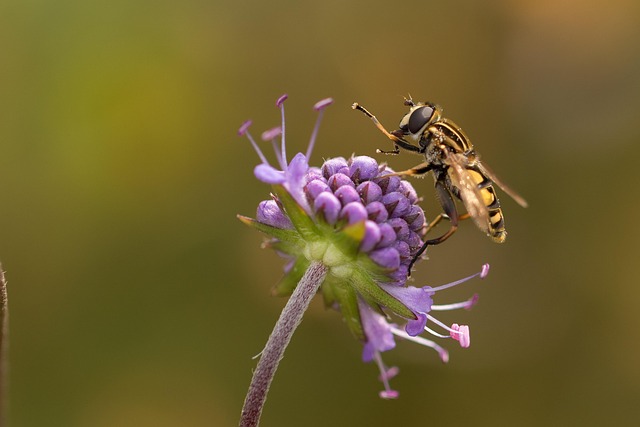
Fly infestations in restaurants and hotels pose serious health and customer satisfaction issues. Pro…….